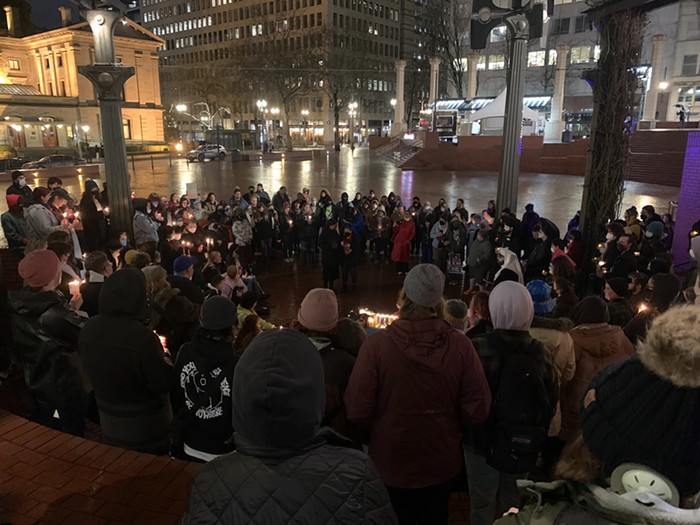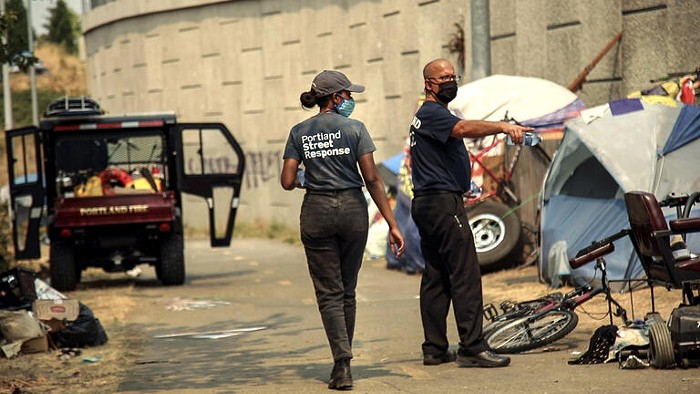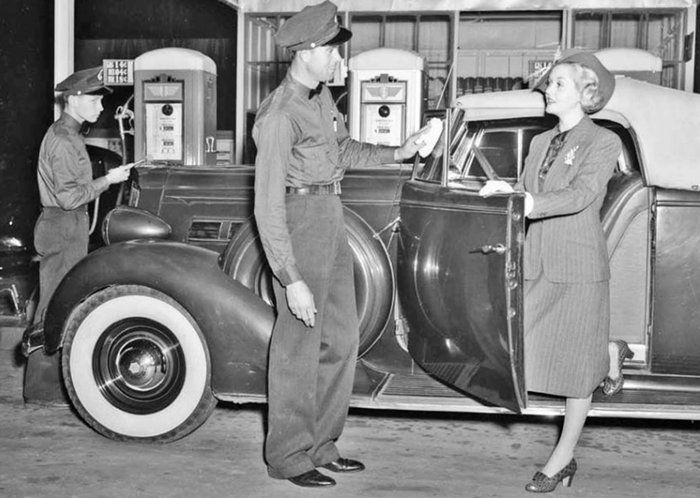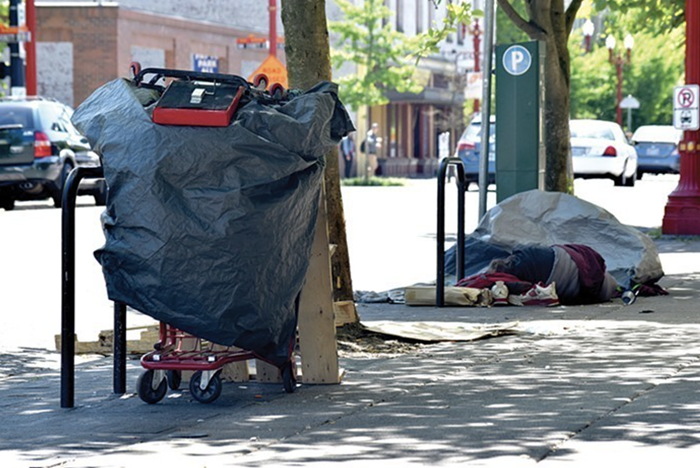ON APRIL 16 at the Portland Business Alliance's (PBA) annual summit on downtown crime, Police Chief Mike Reese reeled off an eye-popping statistic: Some 70 percent of arrestees at Multnomah County jail "had drugs on board." Just exactly what kind of drugs? Reese didn't specify.
But perhaps more surprising was the revelation that male inmates had been drug tested in the first place.
American Civil Liberties Union of Oregon lobbyist Becky Straus said she hadn't heard of the program before the Mercury called. Dan Handelman of Portland Copwatch also admitted that the Mercury's call was the first time he'd learned about drug testing at the jail—which first started in the late '80s.
"It's mind-boggling this has been going on for years," says Handelman, "and nobody seems to know about it."
If not for Reese's mention, the largest drug-testing program you've never heard of might have remained unnoticed.
In March, Multnomah County got word that they would no longer be participating in the federally administered program, currently known as the Arrestee Drug Abuse Monitoring program (or ADAM II). The program tested arrestees across the country for more than two decades. But this year, the feds slashed funding, reducing its test cities from 10 to 5; Portland didn't make the cut.
However as of fall 2011, federal agents tested arrestees at Multnomah County's main jail twice a year for drugs ranging from pot to opiates. The program, which tests arrestees anonymously, is also supposed to be voluntary—which could be one reason why it operated so long without attracting attention from civil libertarians.
Straus said she didn't know enough about ADAM II to comment on any concerns. Handelman, however, says he's skeptical about just how voluntary the program was—expressing concern that many arrestees might not understand their rights.
Confronted with those concerns, Drew Brosh, chief deputy of the county sheriff's office, told the Mercury that the program didn't violate anyone's civil rights. Brosh, who directly oversaw the program from 2006 to 2008, pointed to the fact that ADAM II hasn't received a single legal challenge. As to how many arrestees opted out of the program, Brosh said he didn't know, and ADAM II doesn't seem to keep these numbers either.
The one thing ADAM II did do was gather a lot of data about drug use among some arrestees.
Reese, when speaking at the PBA's summit, spent a portion of his remarks decrying a "growing social disorder downtown," driven, he said, by homelessness and drug addiction. His comments followed a story in the Oregonian about a surge in both heroin supplies and heroin-related deaths. But while Reese didn't bother to distinguish between the types of drugs arrestees had "on board," ADAM II records do.
The most popular drug was—by far—marijuana. From 2007 to 2010 (full records for 2011 aren't available), about 40 percent of arrestees tested positive for pot. Cocaine turned up in 24 percent of arrestees in 2007, dropping to only 14 percent by 2010. During that same period, meth was present in only 18 percent of arrestees.
Sergeant Pete Simpson, a Portland police spokesman, wouldn't say his boss overstated the concern about drug addiction, insisting pot's not as harmless as people think: "What we don't want to do is minimize the role any drug might play on influencing behavior."
But ADAM II records also back up, to a degree, some concerns about heroin. Opiate use doubled among arrestees between 2009 and 2010, rising from 11.4 percent to 22.6 percent—with the majority of that likely being heroin. Health officials and cops say heroin addiction is driven by the easy availability of opiate-based painkillers.
As for ADAM II itself? Brosh says there's no sign that funding for the program will come back anytime soon. And if it does, you probably won't hear about it.
Update:This story has been changed to clarify that only male arrestees were tested for drugs.



















